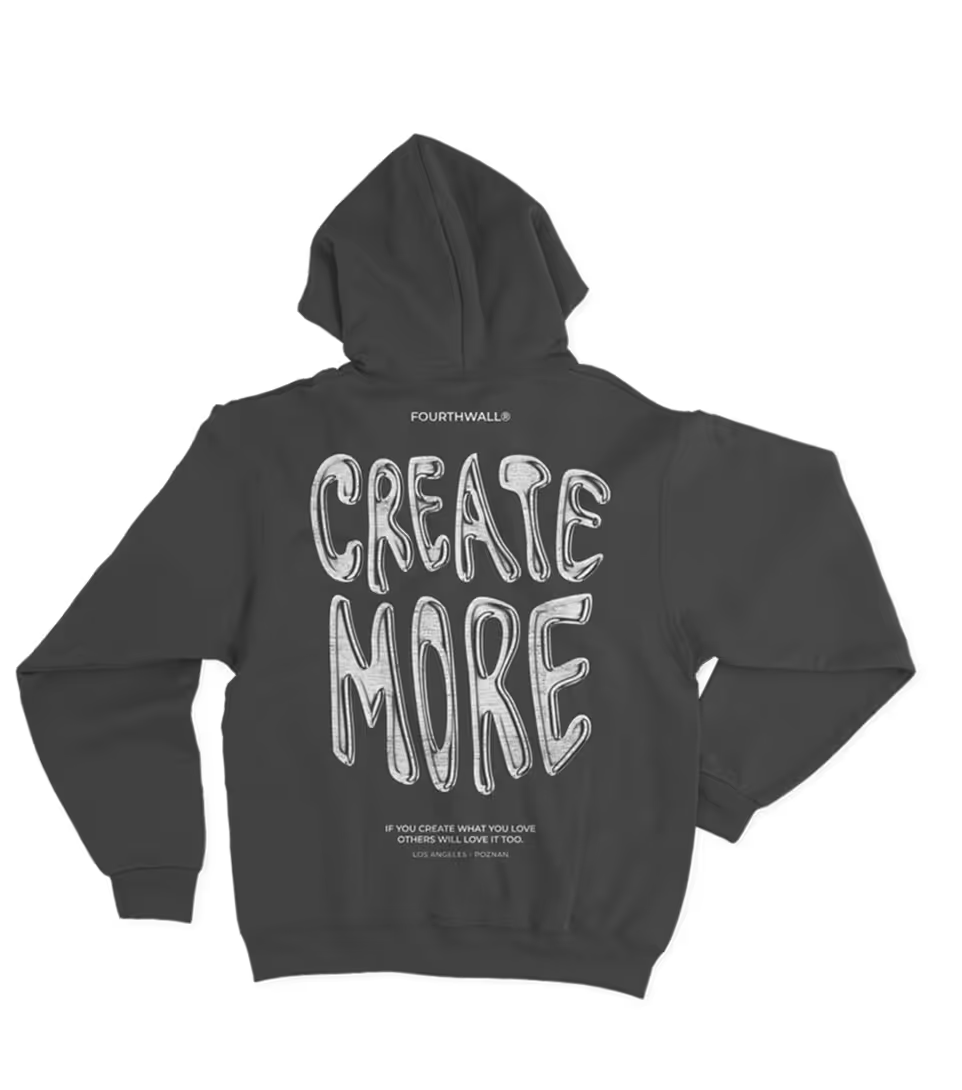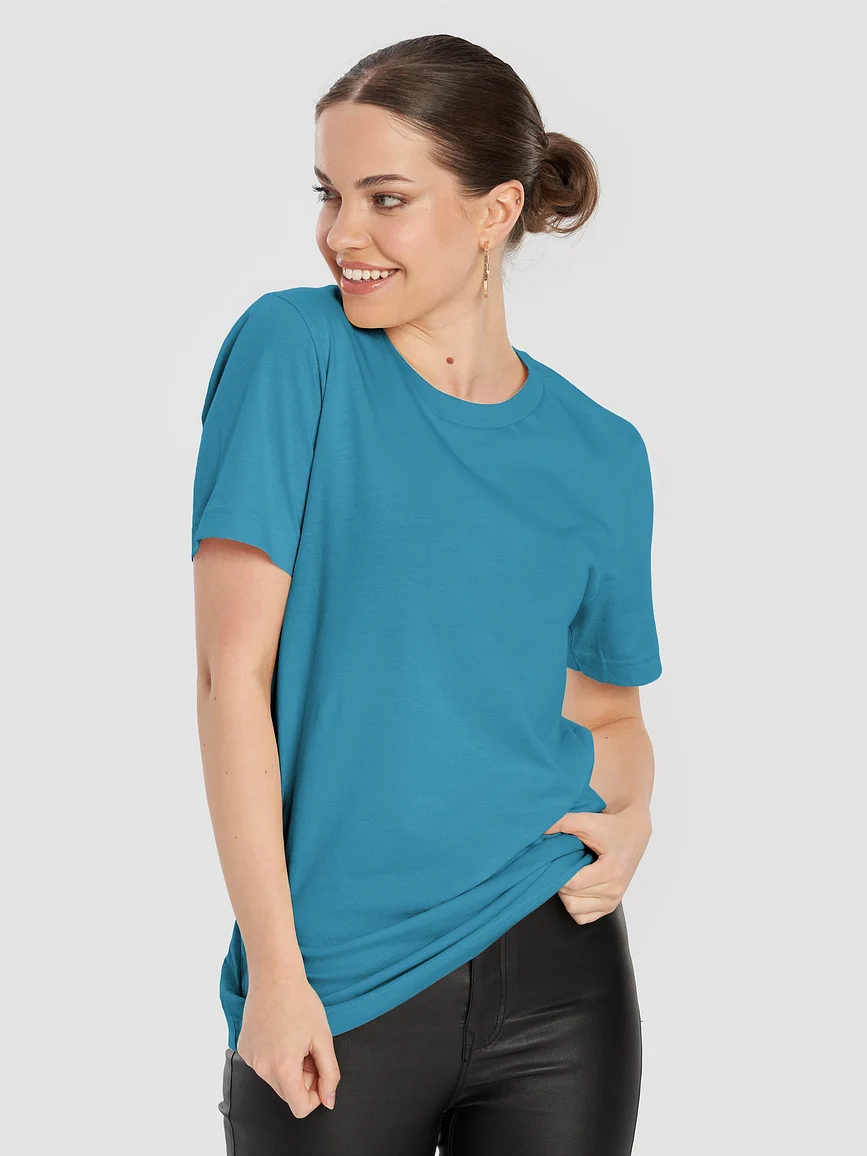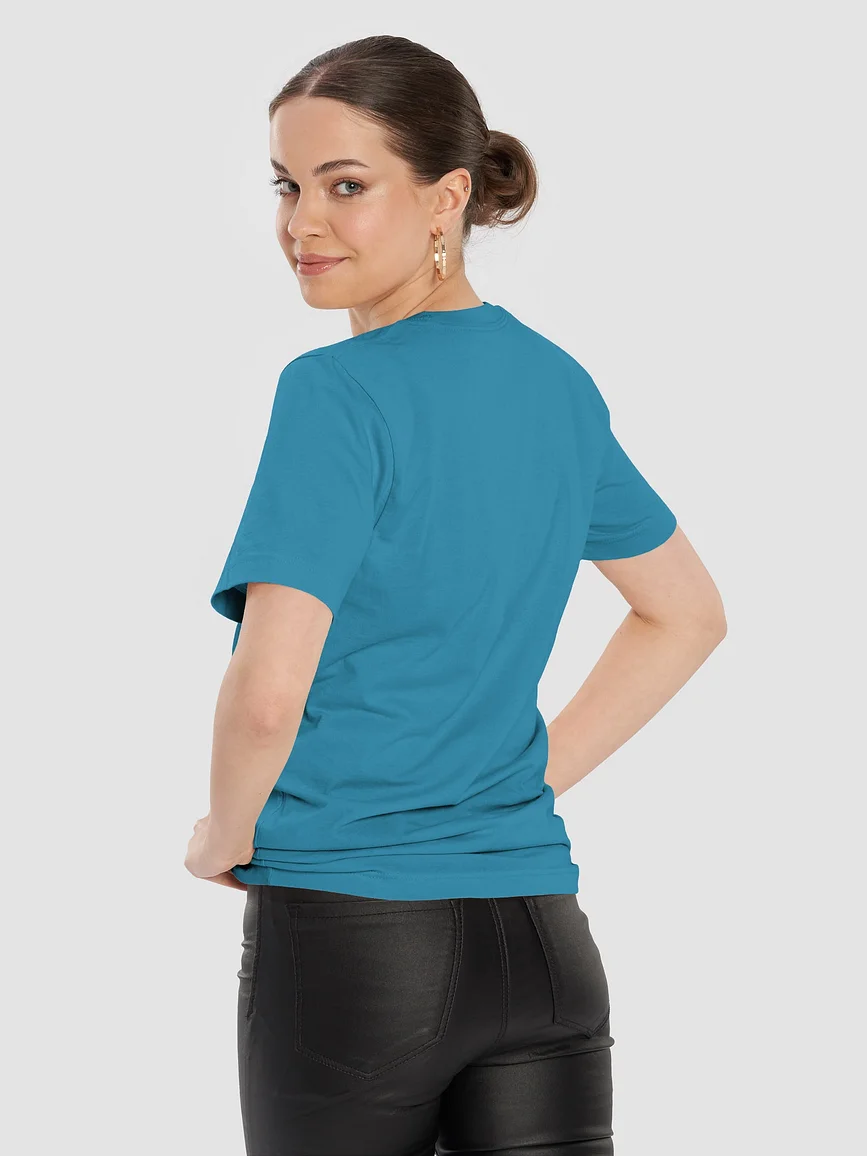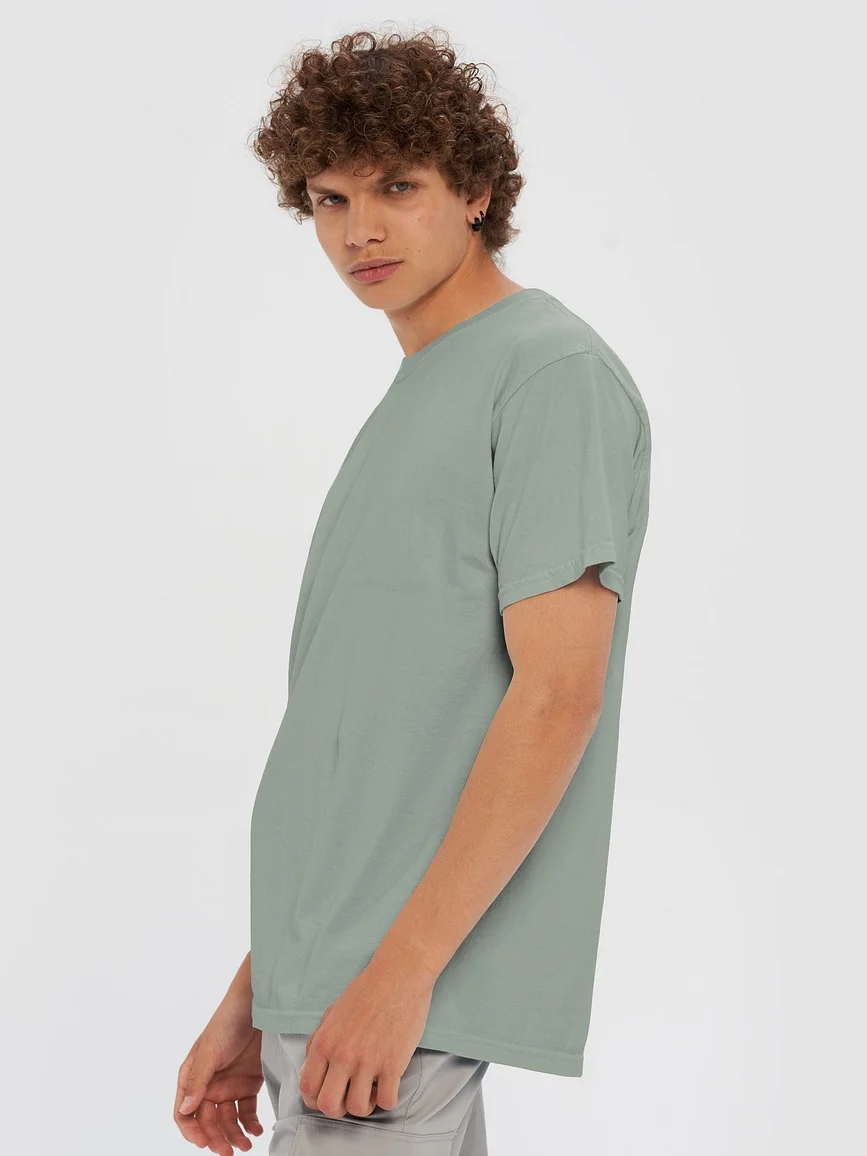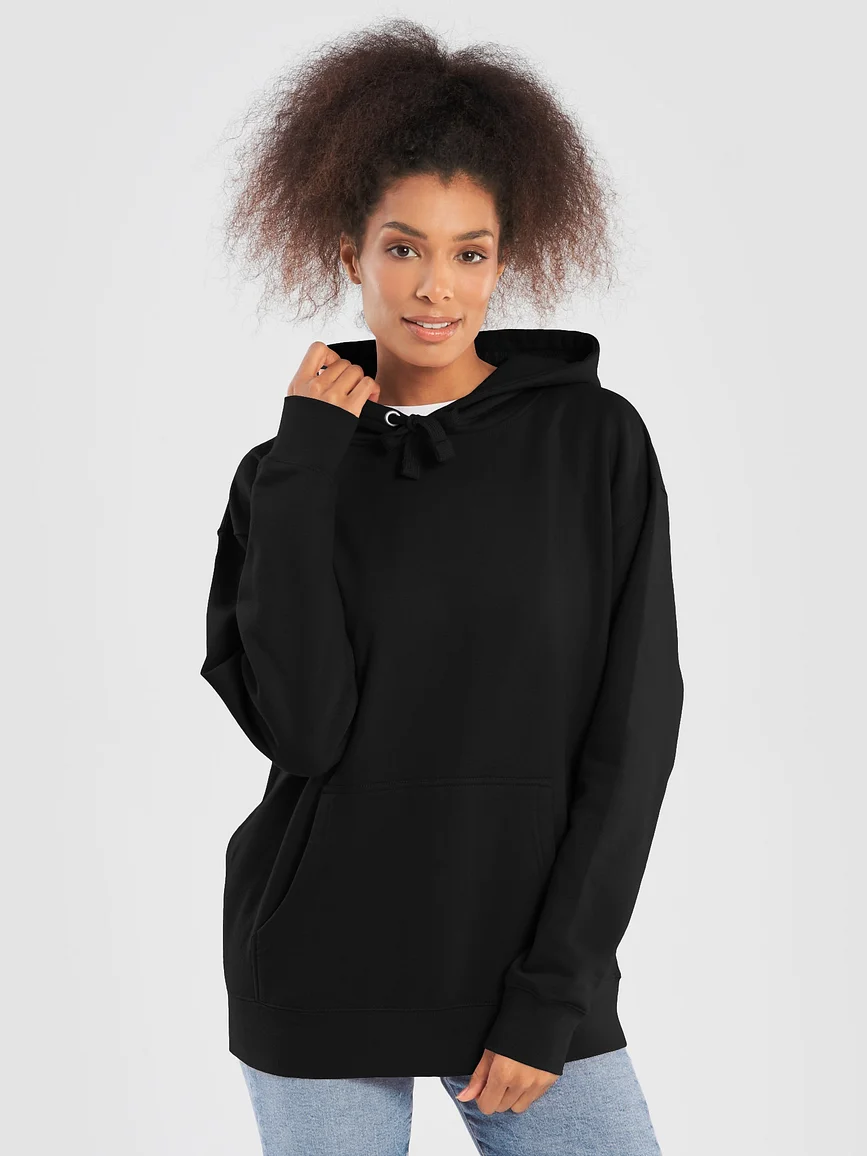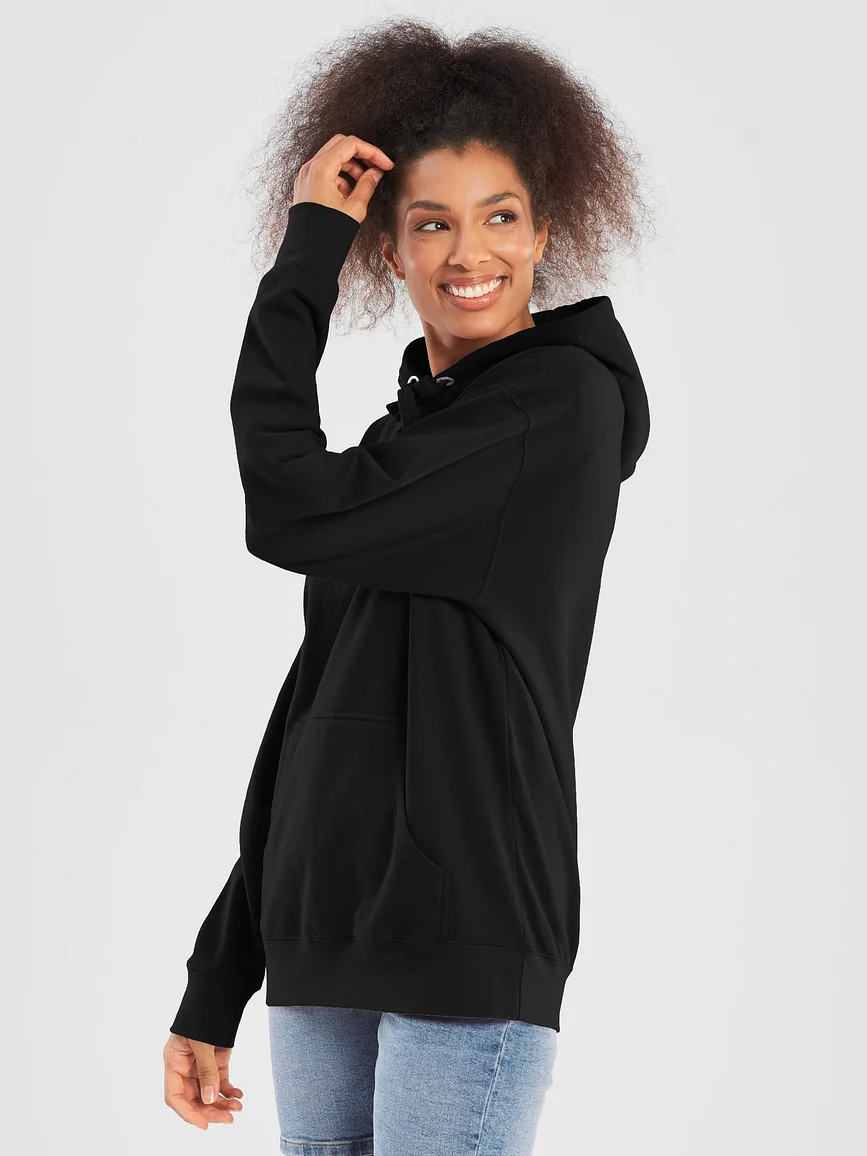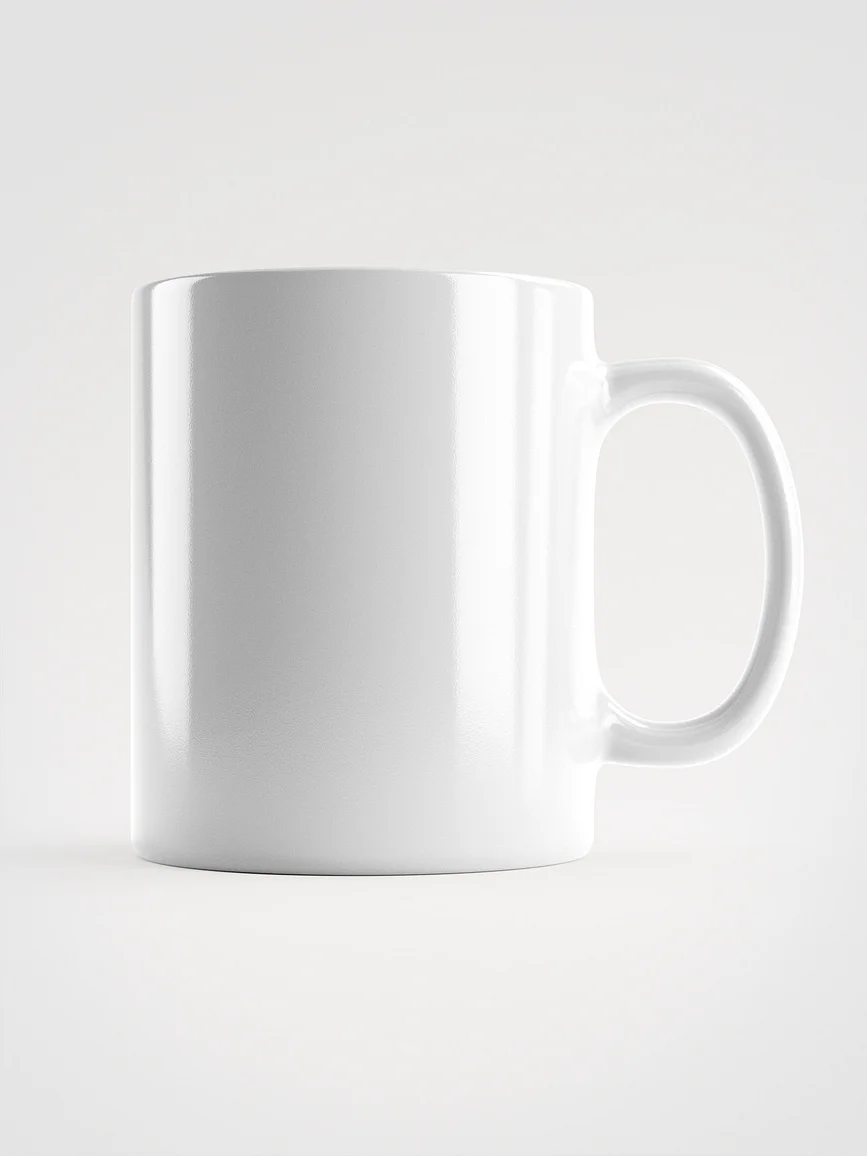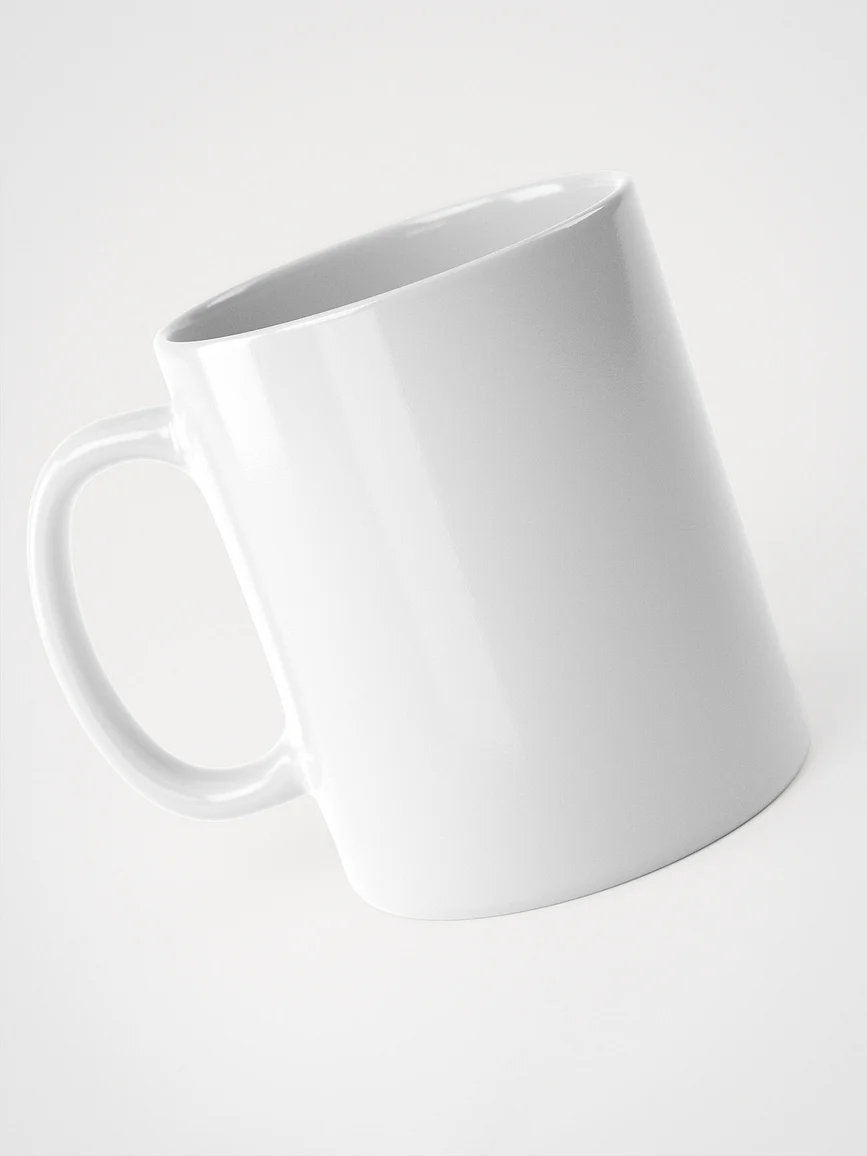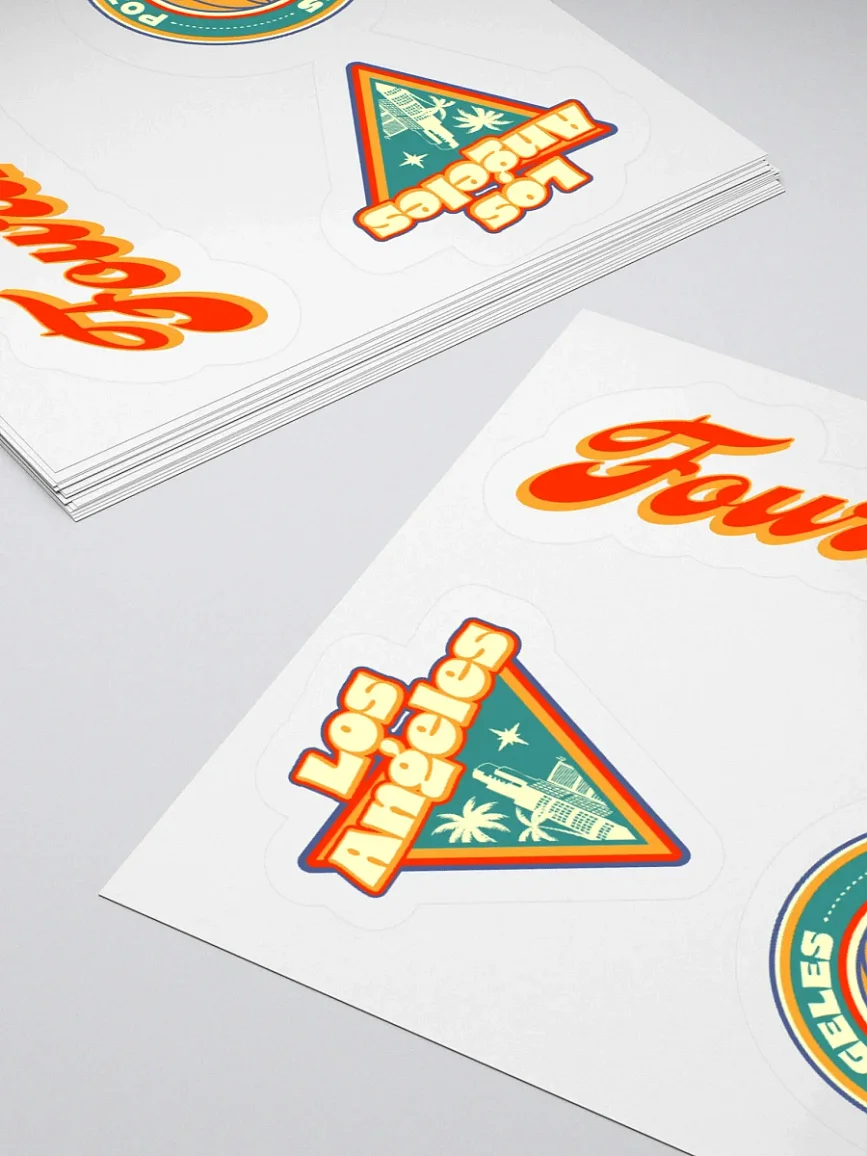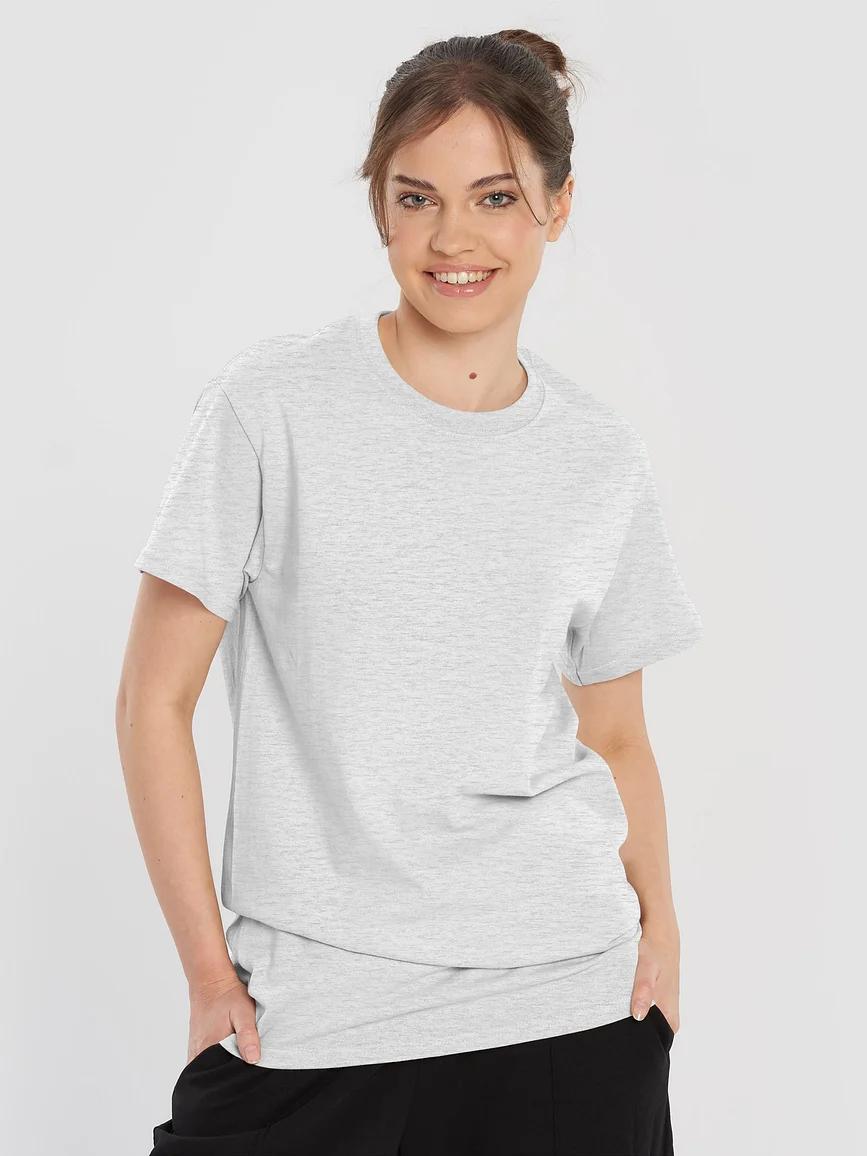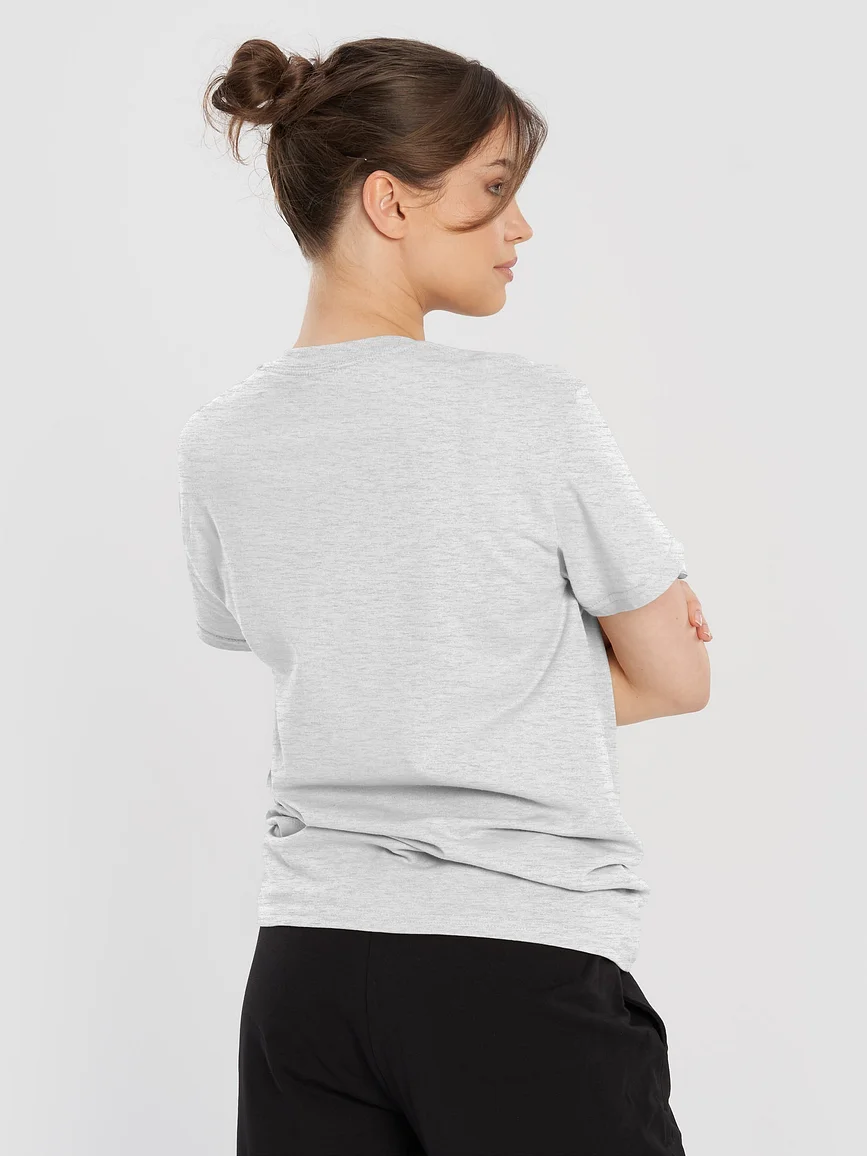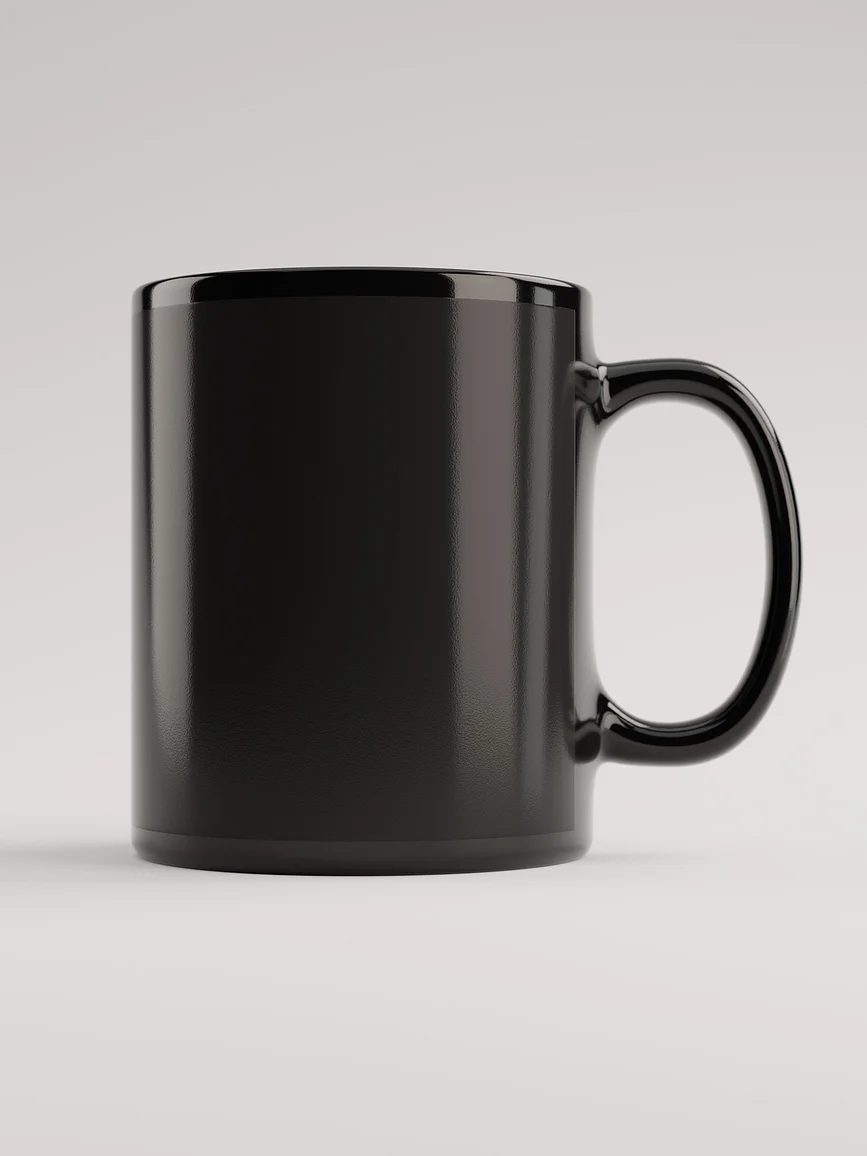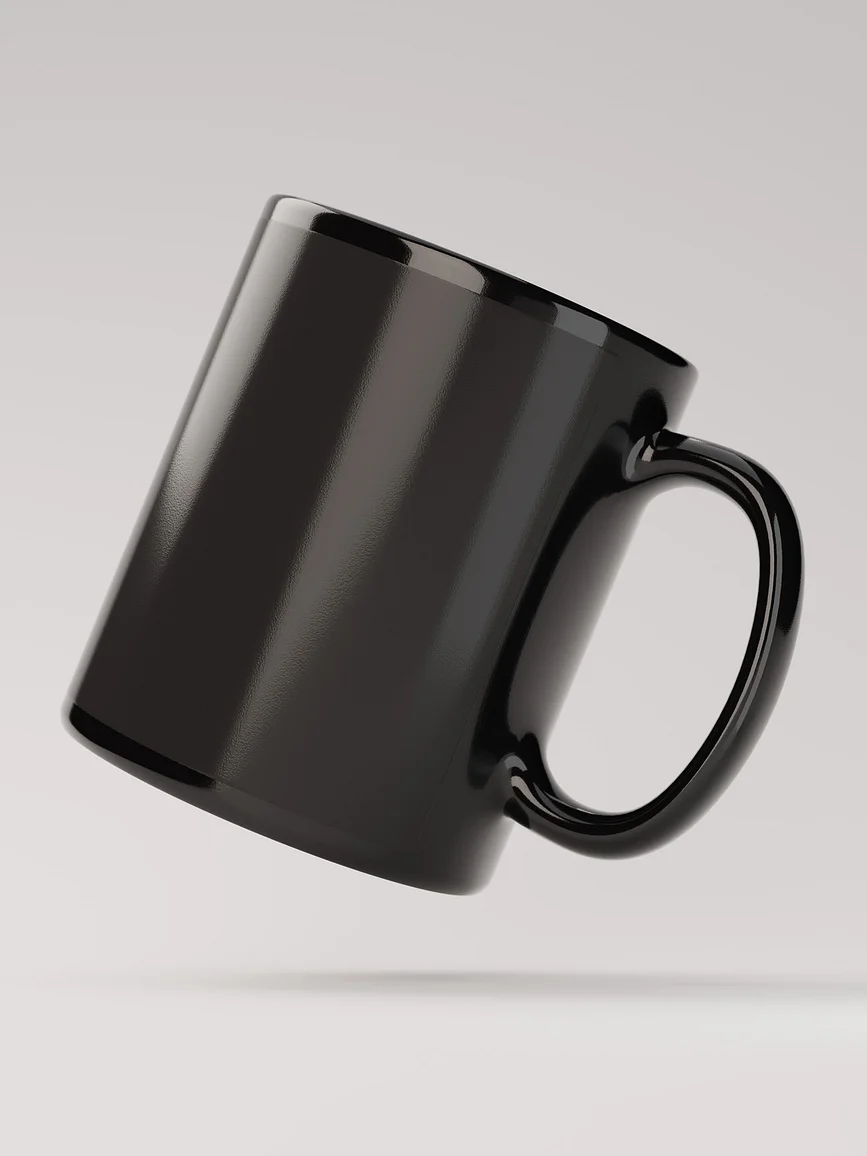Product Research: A Guide to Finding the Best Product Ideas
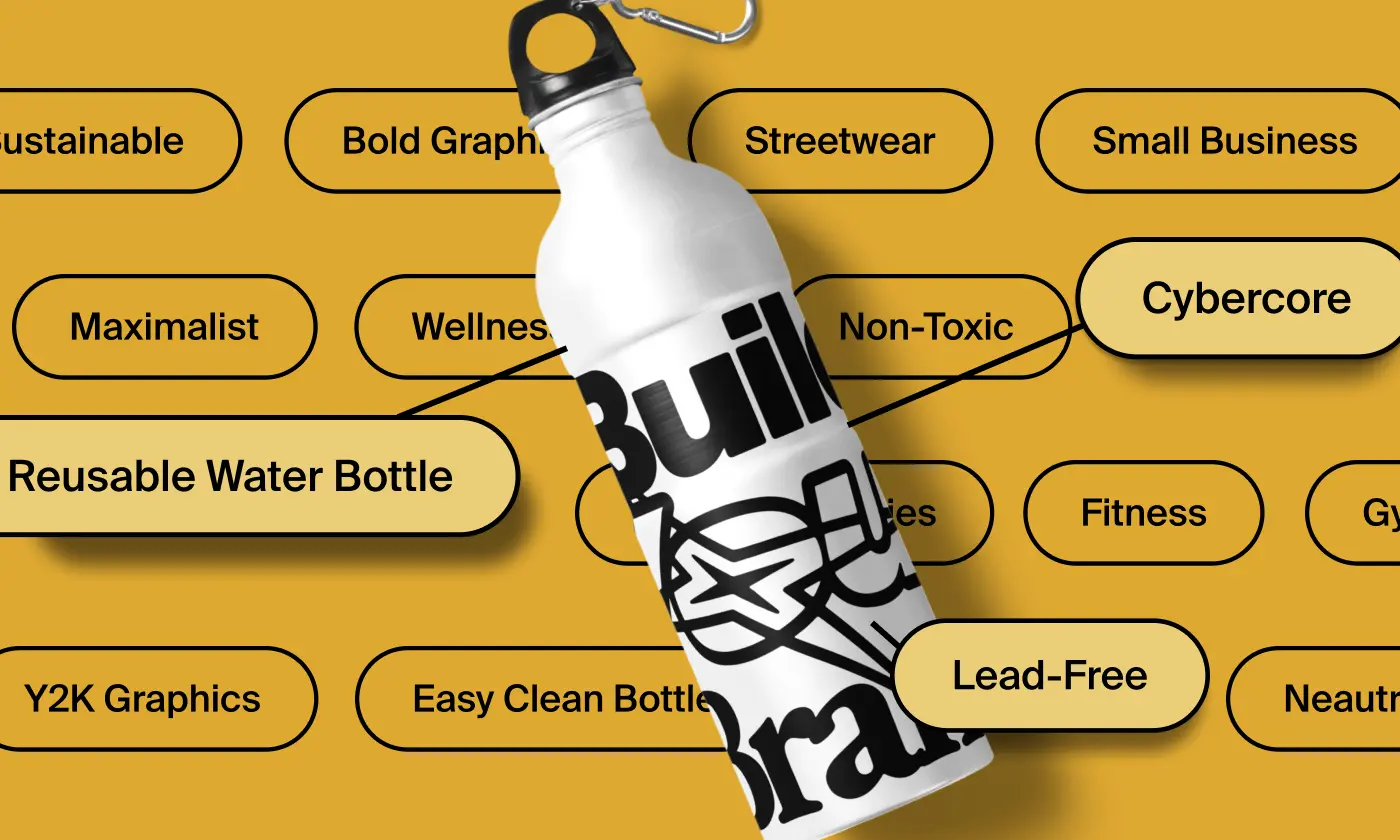
For creators, choosing the right product to sell to your consumers can be challenging.
In the fiercely competitive ecommerce market, where every creator is vying to launch their own merchandise line, two things are essential to know: Which products are in demand, and how to strategically align them with your brand?
This is where conducting thorough product research comes in handy.
Product research helps retailers understand their audience's preferences by studying trends within the market and analyzing customer feedback. This process allows them to identify what products are currently popular while recognizing gaps in the market and tailoring their products to meet consumer demands.
In this article, we'll provide you with effective strategies for conducting product research and tips for identifying the best products to sell.
What is Product Research?
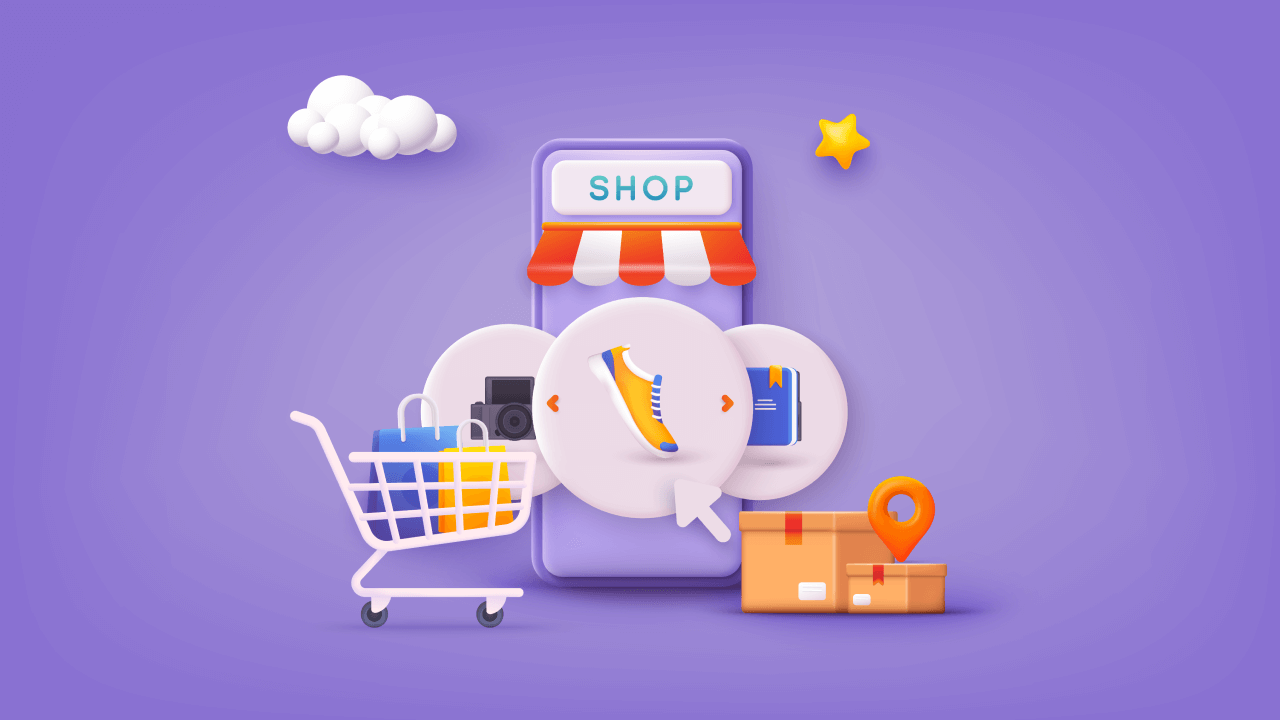
Product research is the process of gathering and analyzing information about a product, its market, competitors, and potential customers to identify opportunities and assess demand. This research helps answer critical questions about product viability, competitive offerings, and optimal development strategies.
For example, a content creator considering launching a new line of eco-friendly tote bags would begin by analyzing consumer preferences for sustainable materials, such as organic cotton or recycled fabrics. They would also assess existing competitors to understand their product features, pricing, and marketing approaches.
Additionally, evaluating pricing strategies would involve researching what customers are willing to pay for similar products in the market. This type of research not only helps the creator identify the most appealing features for their target audience, such as durability and design, but also enables them to differentiate their product effectively from competitors.
By addressing unique selling points, such as eco-friendly sourcing or community support initiatives, they can carve out a niche in the market. Ultimately, thorough product research sets the stage for a successful product launch, ensuring that your products resonate with consumers and meet their needs while standing out in a crowded marketplace.
Benefits of Conducting Product Research
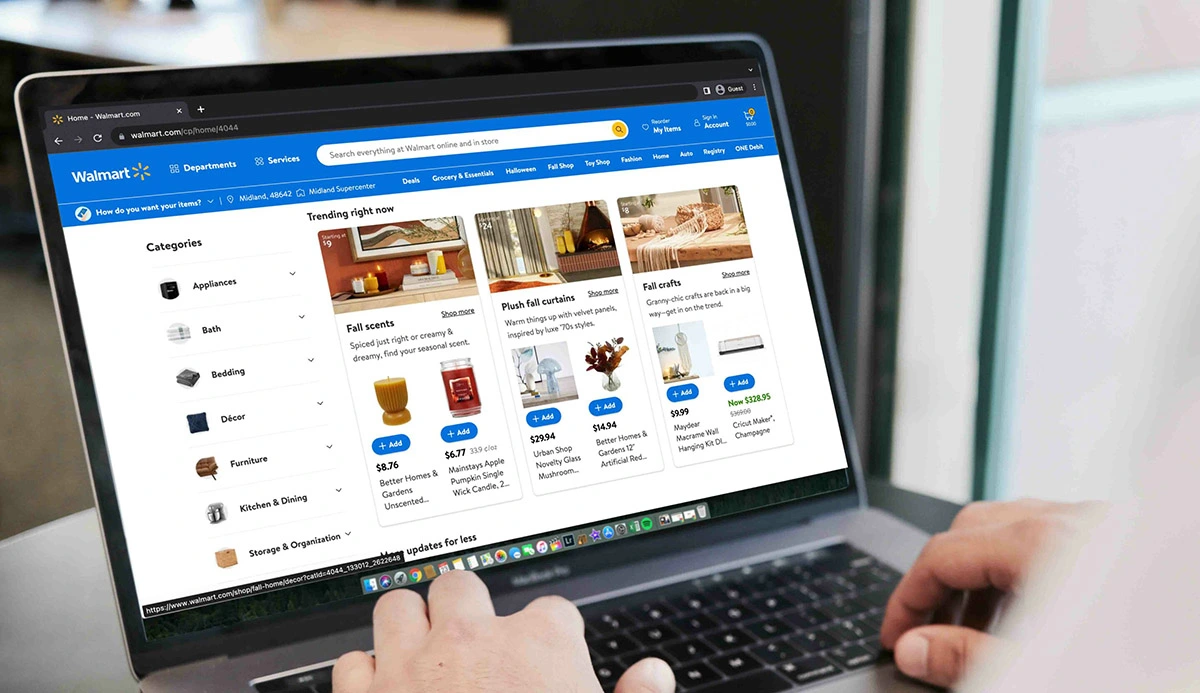
Conducting product research offers a range of advantages that can significantly enhance a content creator's ability to sell merchandise successfully. Here are a few key benefits that make thorough research essential for driving sales, building customer loyalty, and ensuring long-term business growth:
Informed Decision-Making
Product research equips creators with valuable data about their audience, market trends, and competitor strategies. This information enables them to make informed decisions about what products to develop, ensuring that their offerings align with consumer interests and demands. By reducing uncertainty, creators can increase the chances of launching successful products.
Increased Customer Satisfaction
By understanding the needs and preferences of their audience through product research, creators can develop merchandise that truly resonates with their fans. This focus on customer desires enhances satisfaction, leading to positive reviews, repeat purchases, and word-of-mouth referrals, which are essential for building a loyal customer base.
Better Product Positioning
Product research helps creators identify unique selling points and differentiate their merchandise from competitors. By understanding the market landscape, creators can position their products effectively, highlighting features or benefits that appeal specifically to their target audience, making their offerings more attractive.
Effective Marketing Strategies
Insights gained from product research inform marketing tactics, allowing creators to tailor their messaging and promotional efforts. By knowing what resonates with their audience, creators can develop compelling campaigns that engage potential buyers, driving traffic to their online store and increasing conversion rates.
Enhanced Profitability
Conducting product research allows creators to optimize pricing strategies based on production costs, competitor pricing, and customer willingness to pay. By setting the right price, they can maximize profit margins while remaining competitive in the market. This strategic approach ultimately contributes to the long-term financial success of their merchandise.
How To Perform Product Research in 7 Steps

Performing effective product research involves a structured approach that ensures you're making informed decisions. Below is a detailed, step-by-step guide to help you get started.
Step 1: Evaluate and Prioritize Your Ideas
Start by generating a list of potential product ideas based on your interests, market trends, and consumer needs. Use criteria such as feasibility, market demand, and alignment with your brand to evaluate each idea. Rank them according to their potential impact and your resources. This step ensures that you focus on the most promising concepts, maximizing your chances of success while minimizing wasted effort on less viable options.
Step 2: Test and Validate Concepts
Once you have prioritized your ideas, it's time to test and validate them. Create prototypes or mockups to visualize how the product will look and function. Conduct surveys, focus groups, or one-on-one interviews with potential customers to gather feedback. This step allows you to refine your concepts based on real user input, ensuring that the final product resonates with your target audience and meets their needs effectively.
Step 3: Determine Product Name and Packaging Designs
The name and packaging of your product play a crucial role in attracting consumers and conveying your brand message. Brainstorm potential names that are memorable, descriptive, and resonate with your audience. Simultaneously, design packaging that is visually appealing and functional. Conduct A/B testing to see which names and designs perform better with your target market, as this will help you select the most effective branding before launch.
Step 4: Check Out the Competition
Conduct thorough research on your competitors to understand their offerings, strengths, and weaknesses. Analyze their product features, pricing strategies, and customer feedback. This insight will help you identify market gaps and differentiate your product. Understanding the competitive landscape enables you to position your offering more strategically and capitalize on unique selling propositions that will attract consumers.
Step 5: Set the Right Selling Price
Pricing your product appropriately is crucial for its success. Consider factors such as production costs, competitor pricing, and perceived value to your target market. Conduct market research to understand what customers are willing to pay and adjust your pricing strategy accordingly. Finding the right balance between affordability and profitability will help ensure that your product is competitive while still generating revenue.
Step 6: Measure Customer Satisfaction
After launching your product, it’s essential to gauge customer satisfaction and monitor its performance in the market. Use surveys, reviews, and social media feedback to assess how well your product meets customer expectations. Pay attention to key metrics such as sales volume, repeat purchases, and customer loyalty. By analyzing this data, you can determine whether your product has achieved a good product-market fit and identify areas for improvement.
Step 7: Continually Improve Your Product
Product development is an ongoing process that doesn’t stop at launch. Continuously seek feedback from customers and monitor industry trends to identify opportunities for improvement. Implement updates based on consumer insights and technological advancements to enhance your product’s functionality and appeal. By creating a culture of innovation and responsiveness, you can keep your product relevant and competitive in a dynamic market.
4 Ways to Discover Good Product Ideas
- Market Research and Trends Analysis: Stay updated on industry trends by analyzing market reports, consumer behavior studies, and social media conversations. Tools like Google Trends and industry newsletters can provide insights into emerging demands and gaps in the market.
- Customer Feedback and Pain Points: Engage with your target audience through surveys, interviews, and online forums to gather insights about their needs and frustrations. Identifying common pain points can inspire innovative product solutions that address real consumer challenges.
- Competitor Analysis: Study successful competitors to see what products are performing well and identify potential gaps in their offerings. Look for opportunities to improve upon existing products or to fill niches that are underserved in the market.
- Brainstorming and Idea Generation Workshops: Organize brainstorming sessions with diverse teams or stakeholders to generate creative product ideas. Encourage open dialogue and collaboration to explore different perspectives, which can lead to unique and viable product concepts.
Product Research: Ecommerce vs Dropshipping
The approach to product research differs based on whether you are running a traditional ecommerce business or using a dropshipping model.
Ecommerce
Effective inventory management and strong supplier relationships are crucial for ecommerce businesses. Researching the right products involves evaluating warehousing costs, shipping times, and your ability to stock items efficiently.
Poor inventory management can result in high costs, mainly if products don’t sell as expected. Utilizing inventory management tools like ShipBob or Zoho can greatly enhance operational efficiency. They help you keep track of stock levels and streamline fulfillment processes, ultimately leading to a more profitable business.
Dropshipping
In dropshipping, you don’t handle inventory directly, which shifts the focus to finding reliable suppliers and managing fulfillment times effectively. Prioritizing product sourcing is essential to ensure you partner with suppliers that offer quality products and efficient shipping.
Tools like Oberlo and AliExpress can be invaluable in this process. They provide access to a wide range of products and supplier reviews to help you make informed decisions. While the risk is generally lower than in traditional ecommerce, poor supplier reliability can still negatively impact your business, so thorough vetting is crucial for success.
Understand Which Products Sell with Fourthwall!
Fourthwall is an invaluable tool for content creators seeking to optimize their product research and data analytics.
With features that allow you to track sales through comprehensive charts, evaluate profit margins, and understand customer behaviors, Fourthwall empowers you to make informed decisions about your product offerings.
You can also filter data by date range and gain insights into your top-selling products and sales performance by region.
Additionally, the platform provides detailed reports on member statistics and order values, helping you identify trends and adjust your marketing strategies accordingly.
Don’t miss the opportunity to enhance your product search—try Fourthwall today and unlock the potential for greater success in your merchandise endeavors!
Frequently Asked Questions
What Are the Steps in Product Research?
The steps in product research involve a systematic approach to identifying and developing successful products:
- Evaluate and Prioritize Your Ideas
- Test and Validate Concepts
- Determine Product Names and Packaging Designs
- Check Out the Competition
- Set the Right Selling Price
- Measure Customer Satisfaction
- Continually Improve Your Product
By following these steps, content creators can ensure a thorough product research process that not only enhances the likelihood of success but also establishes long-term growth and customer loyalty.
What Is the Difference Between R&D and Product Development?
While R&D may focus more on the theoretical and experimental aspects of innovation, product development emphasizes practical application, project management, and collaboration across various teams, such as marketing and manufacturing, to bring a product to market successfully. Ultimately, both R&D and product development are essential stages in the product lifecycle, working in tandem to transform innovative ideas into tangible, market-ready products.
How Do I Research What Products to Sell?
To research what products to sell, start by identifying trending products in your niche using tools like Google Trends, social media, and online marketplaces. Analyze consumer behavior and preferences to find products that meet demand. Additionally, review customer feedback and competitor offerings to uncover gaps in the market. Combining these insights will help you select products that resonate with your audience and increase your chances of successful sales.

